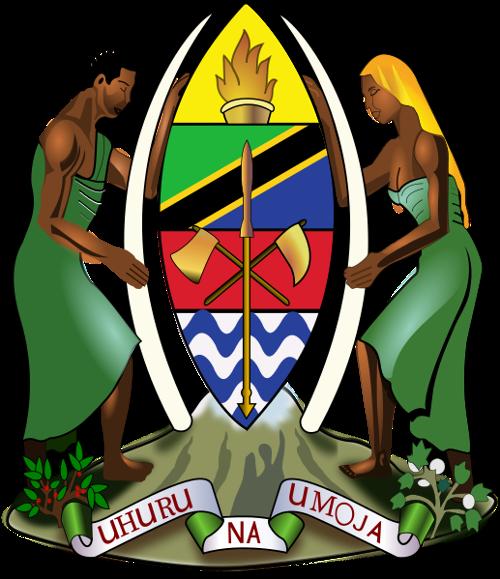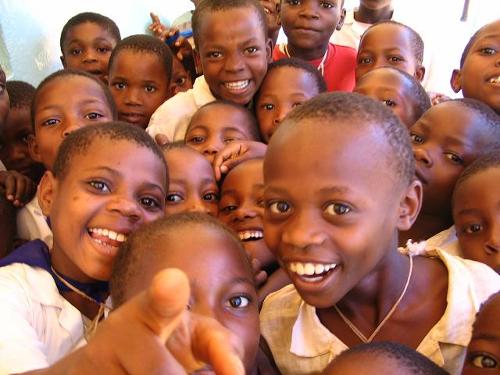PEMBA
Society

Society

Popular destinations TANZANIA
| Pemba | Zanzibar |
Society
State structure and politics
 Tanzania Coat of ArmsPhoto: FischX CC 3.0 Unported no changes made
Tanzania Coat of ArmsPhoto: FischX CC 3.0 Unported no changes made
The United Republic of Tanzania consists of the mainland and islands of Zanzibar, composed of the main island of Unguja, and Pemba and many other small islands.
The federation's head of state is the president, who can be elected for up to two five-year terms. He has a lot of power, because he appoints the prime minister, is commander in chief of the armed forces, has the right to veto the legislation, appoints some of the members of parliament and has the right to dissolve the parliament.
The 296 members of the Parliament or National Assembly (Bunge) are elected in part for five years by Tanzanians aged eighteen and older. 231 members are elected by the population, 49 places are reserved for women nominated by the president. Five seats are reserved for the Zanzibar House of Representatives, there is one attorney general, and up to 10 other members are nominated by the president. Although Dar es Salaam (Swahili: "House of Peace") is the undisputed economic, social and administrative center of Tanzania, Dodoma is formally the country's capital.
Zanzibar and Pemba have also had their own daily administration and an elected parliament since 1979, which are responsible for the internal affairs of the island. The House of Representatives consists of 50 directly elected members, to which nine women are added.
Since 1985, the two islands also have their own regional Constitution. The President of Zanzibar was also Vice President of Tanzania until 1996 and is also elected for a term of five years. In reality, Zanzibar has been governed by decree since 1964. For the current political situation see chapter history.
Administrative division
Tanzania is administratively divided into 26 regions (21 mainland; 5 Zanzibar), which are subdivided into 130 districts and headed by a regional commissioner.
Zanzibar and Pemba are divided into three and two regions respectively. At the head of a district is a district commissioner appointed by the central government.
The capital of Zanzibar Island is Zanzibar City; the capital of Pemba is Chake Chake.
Education
 School kids TanzaniaPhoto: Sanderflight in the public domain
School kids TanzaniaPhoto: Sanderflight in the public domain
Since 1970, compulsory education has existed and Tanzania was one of the countries in Africa with the lowest illiteracy rate. Since 1986, the illiteracy rate has been growing again, from 9.6% in 1986 to 27.2% in 1997. Currently, less than 50% of children finish primary school and one in ten subsequently completes secondary school. In particular, many girls from rural areas drop out of school. Families there have little money and prefer to educate their sons.
The Tanzanian government realises that good education is one of the pillars for the development of the country. Education is therefore one of its spearheads and one of its (overly optimistic?) goals is primary education for all by 2015. Under the impetus of the Basic Education Master Plan (BEMP), a start was made in 1997 on the reform of primary education.
Sources
Else, D. / Zanzibar
Bradt
Finke, J. / Tanzania
Rough Guides
Fitzpatrick, M. / Tanzania
Lonely Planet
Heale, J. / Tanzania
Marshall Cavendish
Skinner, A. / Tanzania & Zanzibar
Cadogan
CIA - World Factbook
BBC - Country Profiles
Copyright: Team The World of Info